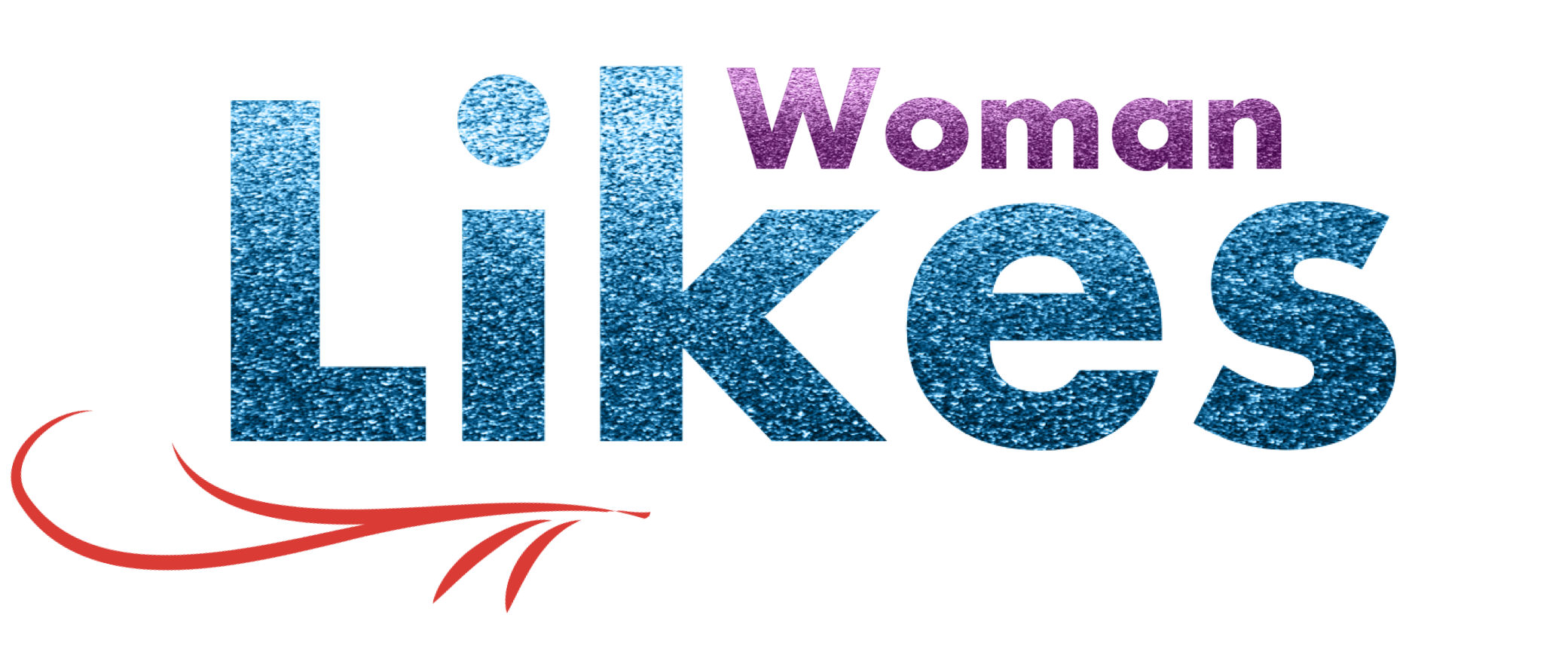
You’ve likely heard of the word “woman,” but do you know the differences between adjective and noun? To clarify, “woman” is an adult human female. However, it’s not just an adjective: it’s also a verb. Read on to discover why the word is used differently in different contexts. Listed below are some of the differences between adjective and noun. What are the advantages and disadvantages of each? How can we use them more effectively?
Woman is an adult female human being
The term “woman” refers to an adult female human being. However, the term is not limited to human beings. There are also words for plant life and animal species. In some instances, women are referred to as “ladies” in derogatory contexts. It is also used to refer to female animals, such as wolves, cows, and rabbits. In a wide variety of contexts, the term “woman” may be used as a generic description or in an impertinent way.
Many anti-trans hate groups rally around the idea that “woman” is a biological category. This definition is considered hypothetically revisable. In this paper, we investigate other alternative definitions of woman and explore whether they are more consistent with current culture and our understanding of gender identity. While neither definition is fully accepted, both are likely to be contested as valid. It is possible, though, that “woman” is a social category and that it is not a biological one.
It is a noun
The term “woman” can refer to many different things. It can mean a wife, fiancee, girlfriend, etc. It is also used as a noun in a retail context. While “woman” is a noun, many people are beginning to use it as an adjective, instead of the more commonly used “female.” It emphasizes gender over biological sex, a change some people find reductive.
In the past, a more unrounded form of the word was used for plural “women.” This was pronounced “wi-man,” and was later adopted in English. Interestingly, gender-fluid spellings were used until the late 14th century and continue to survive in sayings today. These words also have a rich and diverse history. They were used throughout history to represent both the male and female gender.
However, the Oxford English Dictionary has changed its definition of the word “woman.” In response to criticism from activists, the dictionary has incorporated gender-neutral terminology and revised some of the definitions related to sexual activity and attractiveness. The Oxford Dictionary has now officially changed its definition of woman, so that it is not only gender-neutral, but also more representative of contemporary society. This change in the Oxford English Dictionary has resulted in a more accurate representation of women and men in the language.
It is a verb
The singular form of the verb is “woman.” However, the plural form, “women,” is used in the same context and with similar pronunciation. However, the difference between the two forms of the verb is only in the form of the O in the first syllable. In all other cases, the two forms are treated exactly the same as “man” and “woman.”
The American Heritage Dictionary defines a woman as an adult female human, as opposed to a child, man, or any other female. It is also used to refer to a group of women, and to any woman who belongs to that sex. A woman’s attributes are often described in her job, as well as her general appearance. Other synonyms for this term include misogynist and servant.
Another term for a woman is lady. The term lady is usually used in routine or menial jobs to describe any woman. It also has a neutral tone, and is sometimes used to praise a female person. The singular form of the word lady, on the other hand, can be considered as rude. It is, however, a preferred term for women. But whether you want to be formal or informal, ladies will work for you.
It is an adjective
The AP style book discourages using the word “woman” before a noun. That sounds grammatically correct, but many writers ignore the AP’s rules. The word “woman” has “biologic overtones” and narrows the focus to the reproductive system. In fact, Cory Booker, a Democrat from New Jersey, is not even a woman. But she is not a man.
The AP’s lexical analysis revealed that the word “female” does fit into both categories. It can be used both as a noun and as an adjective. The AP also called it a problematic adjective. So, how should we use the word “female” in the same sentence? This article outlines the rules and the ambiguous nature of the word. The AP’s grammatical analysis of this word’s definition will shed light on some important issues.







